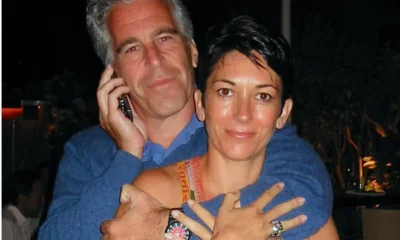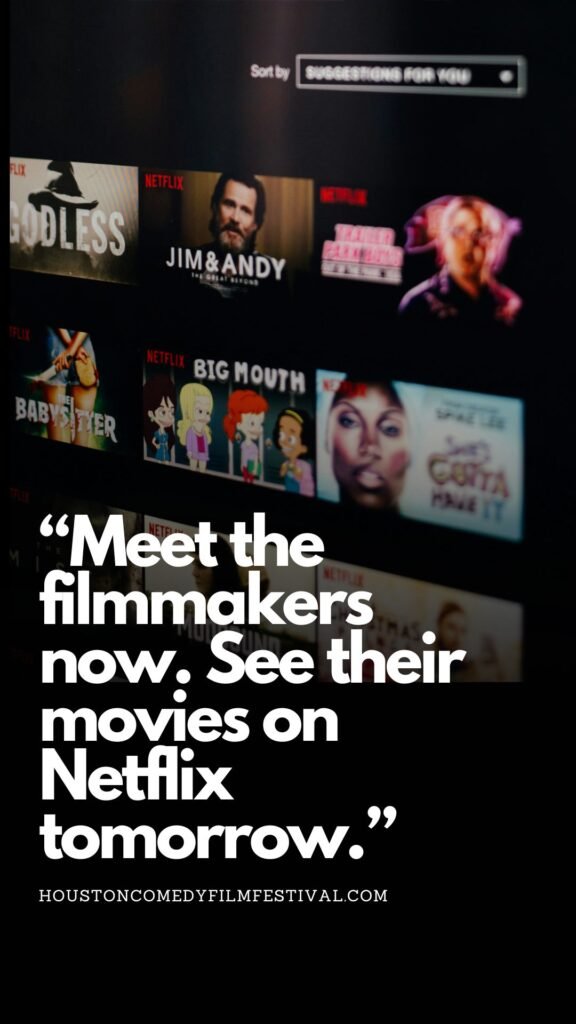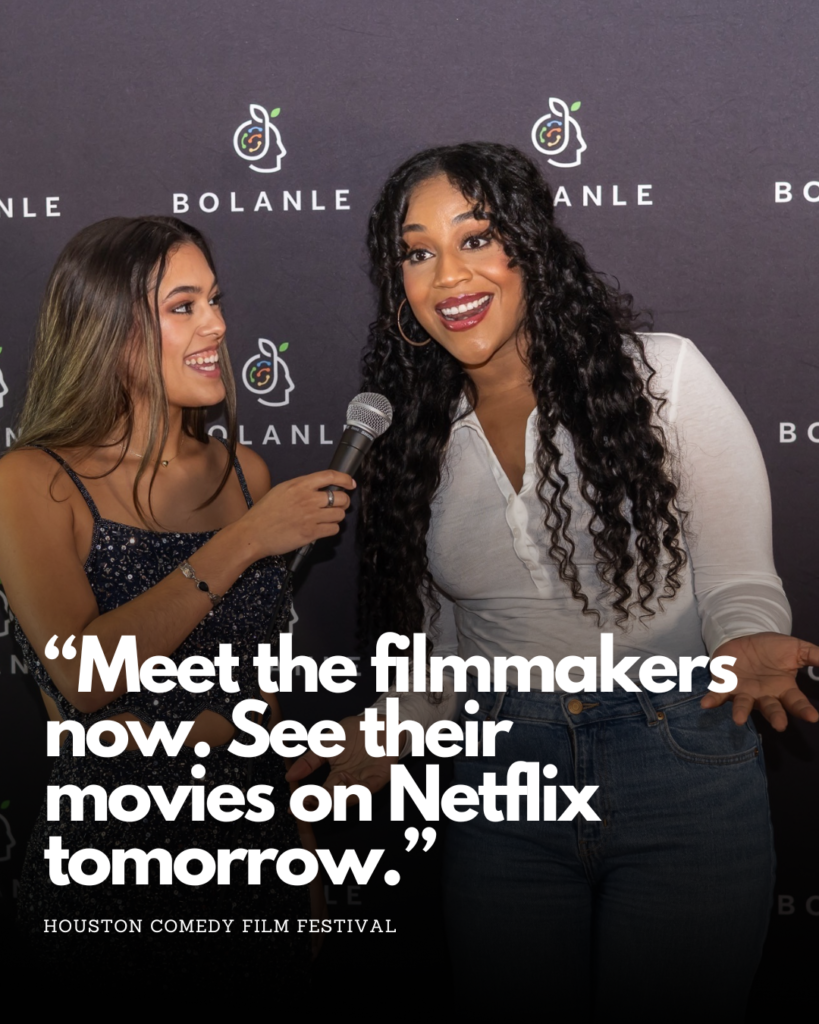News
USDA Ends Key Support for Black Farmers Following Trump’s Anti-DEI Orders

Overview
The U.S. Department of Agriculture (USDA) has officially ended key support programs for Black farmers and other minority groups following a mandate from President Donald Trump to dismantle diversity, equity, and inclusion (DEI) initiatives. As of July 2025, the department will no longer use the term “socially disadvantaged” and will stop considering race or gender as criteria for farm loans, grants, and benefit programs—abruptly ending decades of efforts to address documented discrimination within American agriculture.

What Changed?
- Elimination of “Socially Disadvantaged” Designation: The USDA will remove all references to “socially disadvantaged” farmers, a term that for more than 30 years provided targeted support to Black, Hispanic, Native American, and Asian producers, as well as women.
- No Race- or Gender-based Considerations: The new policy, effective immediately, bars the use of race or sex in program decisions for farm loans and grants, shifting all criteria to be “color-blind” and “merit-based”.
- Termination of DEI-Focused Programs: Over 3,600 related contracts and grants worth more than $5.5 billion have been canceled or frozen, with the USDA claiming to redirect resources towards the principle of “fairness and equal opportunity for all participants”.
Rationale from Trump Administration
USDA Secretary Brooke Rollins, appointed under the Trump administration, stated that the move was designed to end all forms of discrimination at the department. The policy comes in response to new executive orders from Trump specifically instructing the USDA and other federal agencies to terminate all mandates, preferences, and policies based on DEI considerations.
“Under President Trump, USDA does not discriminate and single out individual farmers based on race, sex, or political orientation. Secretary Rollins is working to reorient the department to be more effective at serving the American people and put farmers first while following the law,” a USDA spokesperson told reporters.
The administration argues that the department has already “sufficiently addressed” its history of discrimination through settlements, policy changes, and court-mandated reforms, rendering further race-based support unnecessary or unlawful.

Backlash and Concerns
Lawmakers and Advocates Respond
- Strong Criticism: Congressional leaders, such as Rep. Shontel Brown (D-Ohio), have condemned the change, calling it a “deliberate and disgraceful step backward.” Brown argued that the new rule strips away tools meant to level the playing field for Black, Indigenous, and other minority farmers who have faced generations of discrimination from the USDA.
- Potential Economic Impact: Black farmers, who represent less than 1% of all American farmers—a number that has plunged by over 98% in the last century—are expected to lose out on vital support that was designed to counteract historical inequities. Without this support, advocates warn that many Black-owned farms could face economic peril or foreclosure.

- Local Food Systems at Risk: Experts and grassroots organizers highlight that these cuts threaten small and urban farms that deliver fresh produce to underserved communities, undermining food security and economic opportunity in rural and urban areas alike.
Farming Community Reaction
Black farmers have expressed shock and unease, noting that the withdrawal of “the little bit we were getting” will force many to scale back operations, lose land, or exit farming altogether. Lawsuits from white farmers, alleging “reverse discrimination,” were cited as part of the pressure prompting the policy shift.
Broader Context and Outlook
The USDA’s rollback aligns with a broader push across the federal government, under Trump’s directives, to eliminate policies and programs supporting specific racial or gender groups. This decision cancels support structures established under previous administrations and removes public access to data on lending to socially disadvantaged farmers.
While supporters of the policy claim it enacts a true meritocracy, critics argue it effectively erases decades of attempted remedies for deep-seated inequity and could further marginalize the country’s most vulnerable farm operators.
Key Facts and Statistics
| Metric | Before Policy Shift | After Policy Shift |
|---|---|---|
| “Socially Disadvantaged” Designation | Used in USDA programs since 1990 | Eliminated July 2025 |
| Percentage of USDA Loan Volume | 21% went to “socially disadvantaged” in 2023 | No race-based preferences |
| Black Farmers’ Share of U.S. Farms | Less than 1% today | Expected to fall further |
| USDA Grants/Contracts Cut | 3,600+ canceled, $5.5B saved | Ongoing program reductions |
Conclusion
The USDA’s end to targeted support for Black and other minority farmers, in compliance with Trump’s anti-DEI orders, marks a dramatic policy reversal. While advocates warn this will intensify inequities in American agriculture, federal officials maintain that all farmers now compete under a singular, “equal” system—despite the historic and economic context for many Black producers.
Business
Google Accused Of Favoring White, Asian Staff As It Reaches $28 Million Deal That Excludes Black Workers

Google has tentatively agreed to a $28 million settlement in a California class‑action lawsuit alleging that white and Asian employees were routinely paid more and placed on faster career tracks than colleagues from other racial and ethnic backgrounds.
- A Santa Clara County Superior Court judge has granted preliminary approval, calling the deal “fair” and noting that it could cover more than 6,600 current and former Google workers employed in the state between 2018 and 2024.

How The Discrimination Claims Emerged
The lawsuit was brought by former Google employee Ana Cantu, who identifies as Mexican and racially Indigenous and worked in people operations and cloud departments for about seven years. Cantu alleges that despite strong performance, she remained stuck at the same level while white and Asian colleagues doing similar work received higher pay, higher “levels,” and more frequent promotions.
Cantu’s complaint claims that Latino, Indigenous, Native American, Native Hawaiian, Pacific Islander, and Alaska Native employees were systematically underpaid compared with white and Asian coworkers performing substantially similar roles. The suit also says employees who raised concerns about pay and leveling saw raises and promotions withheld, reinforcing what plaintiffs describe as a two‑tiered system inside the company.
Why Black Employees Were Left Out
Cantu’s legal team ultimately agreed to narrow the class to employees whose race and ethnicity were “most closely aligned” with hers, a condition that cleared the path to the current settlement.

The judge noted that Black employees were explicitly excluded from the settlement class after negotiations, meaning they will not share in the $28 million payout even though they were named in earlier versions of the case. Separate litigation on behalf of Black Google employees alleging racial bias in pay and promotions remains pending, leaving their claims to be resolved in a different forum.
What The Settlement Provides
Of the $28 million total, about $20.4 million is expected to be distributed to eligible class members after legal fees and penalties are deducted. Eligible workers include those in California who self‑identified as Hispanic, Latinx, Indigenous, Native American, American Indian, Native Hawaiian, Pacific Islander, and/or Alaska Native during the covered period.
Beyond cash payments, Google has also agreed to take steps aimed at addressing the alleged disparities, including reviewing pay and leveling practices for racial and ethnic gaps. The settlement still needs final court approval at a hearing scheduled for later this year, and affected employees will have a chance to opt out or object before any money is distributed.
H2: Google’s Response And The Broader Stakes
A Google spokesperson has said the company disputes the allegations but chose to settle in order to move forward, while reiterating its public commitment to fair pay, hiring, and advancement for all employees. The company has emphasized ongoing internal audits and equity initiatives, though plaintiffs argue those efforts did not prevent or correct the disparities outlined in the lawsuit.
For many observers, the exclusion of Black workers from the settlement highlights the legal and strategic complexities of class‑action discrimination cases, especially in large, diverse workplaces. The outcome of the remaining lawsuit brought on behalf of Black employees, alongside this $28 million deal, will help define how one of the world’s most powerful tech companies is held accountable for alleged racial inequities in pay and promotion.
Entertainment
What We Can Learn Inside 50 Cent’s Explosive Diddy Documentary: 5 Reasons You Should Watch

50 Cent’s new Netflix docuseries about Sean “Diddy” Combs is more than a headline-grabbing exposé; it is a meticulous breakdown of how power, celebrity, and silence can collide in the entertainment industry.
Across its episodes, the series traces Diddy’s rise, the allegations that followed him for years, and the shocking footage and testimonies now forcing a wider cultural reckoning.

1. It Chronicles Diddy’s Rise and Fall – And How Power Warps Reality
The docuseries follows Combs from hitmaker and business icon to a figure facing serious criminal conviction and public disgrace, mapping out decades of influence, branding, and behind-the-scenes behavior. Watching that arc shows how money, fame, and industry relationships can shield someone from scrutiny and delay accountability, even as disturbing accusations accumulate.

2. Never-Before-Seen Footage Shows How Narratives Are Managed
Exclusive footage of Diddy in private settings and in the tense days around his legal troubles reveals how carefully celebrity narratives are shaped, even in crisis.
Viewers can learn to question polished statements and recognize that what looks spontaneous in public is often the result of strategy, damage control, and legal calculation.
3. Survivors’ Stories Highlight Patterns of Abuse and Silence
Interviews with alleged victims, former staff, and industry insiders describe patterns of control, fear, and emotional or physical harm that were long whispered about but rarely aired in this detail. Their stories underline how difficult it is to speak out against a powerful figure, teaching viewers why many survivors delay disclosure and why consistent patterns across multiple accounts matter.
4. 50 Cent’s Approach Shows Storytelling as a Tool for Accountability
As executive producer, 50 Cent uses his reputation and platform to push a project that leans into uncomfortable truths rather than protecting industry relationships. The series demonstrates how documentary storytelling can challenge established power structures, elevate marginalized voices, and pressure institutions to respond when traditional systems have failed.
5. The Cultural Backlash Reveals How Society Handles Celebrity Accountability
Reactions to the doc—ranging from people calling it necessary and brave to others dismissing it as a vendetta or smear campaign—expose how emotionally invested audiences can be in defending or condemning a famous figure. Watching that debate unfold helps viewers see how fandom, nostalgia, and bias influence who is believed, and why conversations about “cancel culture” often mask deeper questions about justice and who is considered too powerful to fall.
Business
Luana Lopes Lara: How a 29‑Year‑Old Became the Youngest Self‑Made Woman Billionaire

At just 29, Luana Lopes Lara has taken a title that usually belongs to pop stars and consumer‑app founders.
Multiple business outlets now recognize her as the world’s youngest self‑made woman billionaire, after her company Kalshi hit an 11 billion dollar valuation in a new funding round.
That round, a 1 billion dollar Series E led by Paradigm with Sequoia Capital, Andreessen Horowitz, CapitalG and others participating, instantly pushed both co‑founders into the three‑comma club. Estimates place Luana’s personal stake at roughly 12 percent of Kalshi, valuing her net worth at about 1.3 billion dollars—wealth tied directly to equity she helped create rather than inheritance.

Kalshi itself is a big part of why her ascent matters.
Founded in 2019, the New York–based company runs a federally regulated prediction‑market exchange where users trade yes‑or‑no contracts on real‑world events, from inflation reports to elections and sports outcomes.
As of late 2025, the platform has reached around 50 billion dollars in annualized trading volume, a thousand‑fold jump from roughly 300 million the year before, according to figures cited in TechCrunch and other financial press. That hyper‑growth convinced investors that event contracts are more than a niche curiosity, and it is this conviction—expressed in billions of dollars of new capital—that turned Luana’s share of Kalshi into a billion‑dollar fortune almost overnight.
Her path to that point is unusually demanding even by founder standards. Luana grew up in Brazil and trained at the Bolshoi Theater School’s Brazilian campus, where reports say she spent up to 13 hours a day in class and rehearsal, competing for places in a program that accepts fewer than 3 percent of applicants. After a stint dancing professionally in Austria, she pivoted into academics, enrolling at the Massachusetts Institute of Technology to study computer science and mathematics and later completing a master’s in engineering.
During summers she interned at major firms including Bridgewater Associates and Citadel, gaining a front‑row view of how global macro traders constantly bet on future events—but without a simple, regulated way for ordinary people to do the same.

That realization shaped Kalshi’s founding thesis and ultimately her billionaire status. Together with co‑founder Tarek Mansour, whom she met at MIT, Luana spent years persuading lawyers and U.S. regulators that a fully legal event‑trading exchange could exist under commodities law. Reports say more than 60 law firms turned them down before one agreed to help, and the company then spent roughly three years in licensing discussions with the Commodity Futures Trading Commission before gaining approval. The payoff is visible in 2025’s numbers: an 11‑billion‑dollar valuation, a 1‑billion‑dollar fresh capital injection, and a founder’s stake that makes Luana Lopes Lara not just a compelling story but a data point in how fast wealth can now be created at the intersection of finance, regulation, and software.

 Entertainment4 weeks ago
Entertainment4 weeks agoWicked Sequel Disappoints Fans: Audience Verdict on For Good

 Entertainment4 weeks ago
Entertainment4 weeks agoAriana & Cynthia Say They’re in a ‘Non‑Demi Curious, Semi‑Binary’ Relationship… WTF Does That Even Mean?

 News4 weeks ago
News4 weeks agoMexico Bans Dophin Shows Nationwide

 Entertainment3 weeks ago
Entertainment3 weeks agoColombia’s ‘Doll’ Arrest: Police Say a 23-Year-Old Orchestrated Hits, Including Her Ex’s Murder

 Entertainment4 weeks ago
Entertainment4 weeks agoHow The Grinch Became The Richest Christmas Movie Ever

 Entertainment4 weeks ago
Entertainment4 weeks agoMiley Cyrus Is Engaged to Maxx Morando

 News4 weeks ago
News4 weeks agoUS May Completely Cut Income Tax Due to Tariff Revenue

 Business3 weeks ago
Business3 weeks agoLuana Lopes Lara: How a 29‑Year‑Old Became the Youngest Self‑Made Woman Billionaire







































